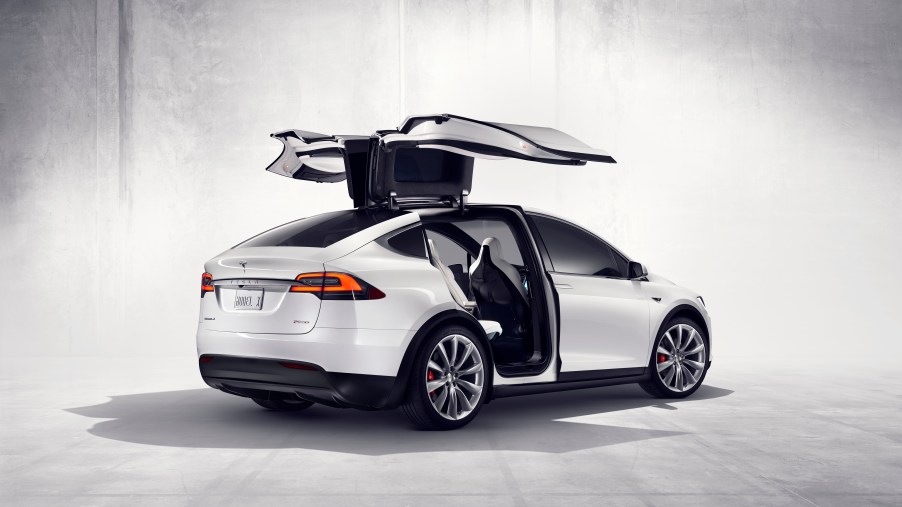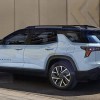
Tesla Drops Model S, X Base Models
Tesla has made waves in the electric vehicle (EV) space by promising a mass-market EV which general buyers could afford. The Model 3 price drop brought the company closer to this goal, but price hikes and shady cancellations may impede their progress toward this goal. Were you waiting to receive your Model X or Model S? Bad news, you have to upgrade to a higher-level trim in order to receive your vehicle.
Aside from concerns surrounding pre-paid vehicle deliveries, investors are worried that removing the more affordable options may hurt Tesla’s ability to sell these expensive EVs. In reality, cutting out the outdated trims may enable Tesla to operate more efficiently, produce and sell the upper trim models at a lower cost, and improve operational efficiency as a whole.
How does dropping base model options impact affordability?
By dropping the base model, the long-range Model X and Model S variants have become the base, resulting in a price reduction for each. The performance and all-wheel drive long-range variants have not been affected by price reductions. Tesla should be able to offer lower prices on other offerings, such as the Model 3 following these production limitations.
By eliminating an additional product line, Tesla can remove the need to produce equipment for the base model, following a natural up-swing in technology. Batteries and electric motors have likely become more advanced since the initial release of Model X and Model S base variants, meaning that producing batteries and motors with lower efficiency costs the company extra.
Even though the older equipment is likely cheaper to produce at face value, it is no longer interoperable for their other models, meaning that it had become burdensome on company coffers and other resources. No one likes a leech, and it seems that the cheaper Model X and Model S variants have been leeching resources from the company, preventing them from accessing much-needed cash flow for years.
Will cutting base models out of their lineup help aid delivery speed?
Tesla announced these limitations following record-setting production and delivery numbers, meaning that the company is looking to streamline their production processes. Eliminating equipment production for items which cannot be used for most of the trims should allow Tesla to fulfill orders faster, both due to an increased availability of production equipment and additional manpower availability.
Customers should expect faster turnaround times on all trims for Model X and Model S vehicles, and likely on Model 3 and Model Y as well. Faster turnaround times should lead to higher customer satisfaction and increased order placement, as well as higher order-fulfillment rates to follow.
What will happen for those awaiting a pre-paid base Model X or Model S?
Customers who have pre-ordered a Model X or Model S base edition will likely be refunded if they choose not to upgrade to the rear-wheel-drive long-range variant. Tesla certainly hasn’t made the best customer service decision in the short term, but being able to fulfill orders for nearly every other model available should be a strong move in the right direction for long-term operational advantage.
The base Model S only boasted a range of 285 miles per charge, while the long-range model provided a range of 370 miles per charge. There was no base model all-wheel-drive option. Users can only choose between all-wheel drive long-range and all-wheel-drive performance trims if they opt for the all-wheel-drive versions. A rear-wheel-drive long-range will feature slower acceleration, but longer overall range per charge than an all-wheel-drive variant.


